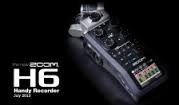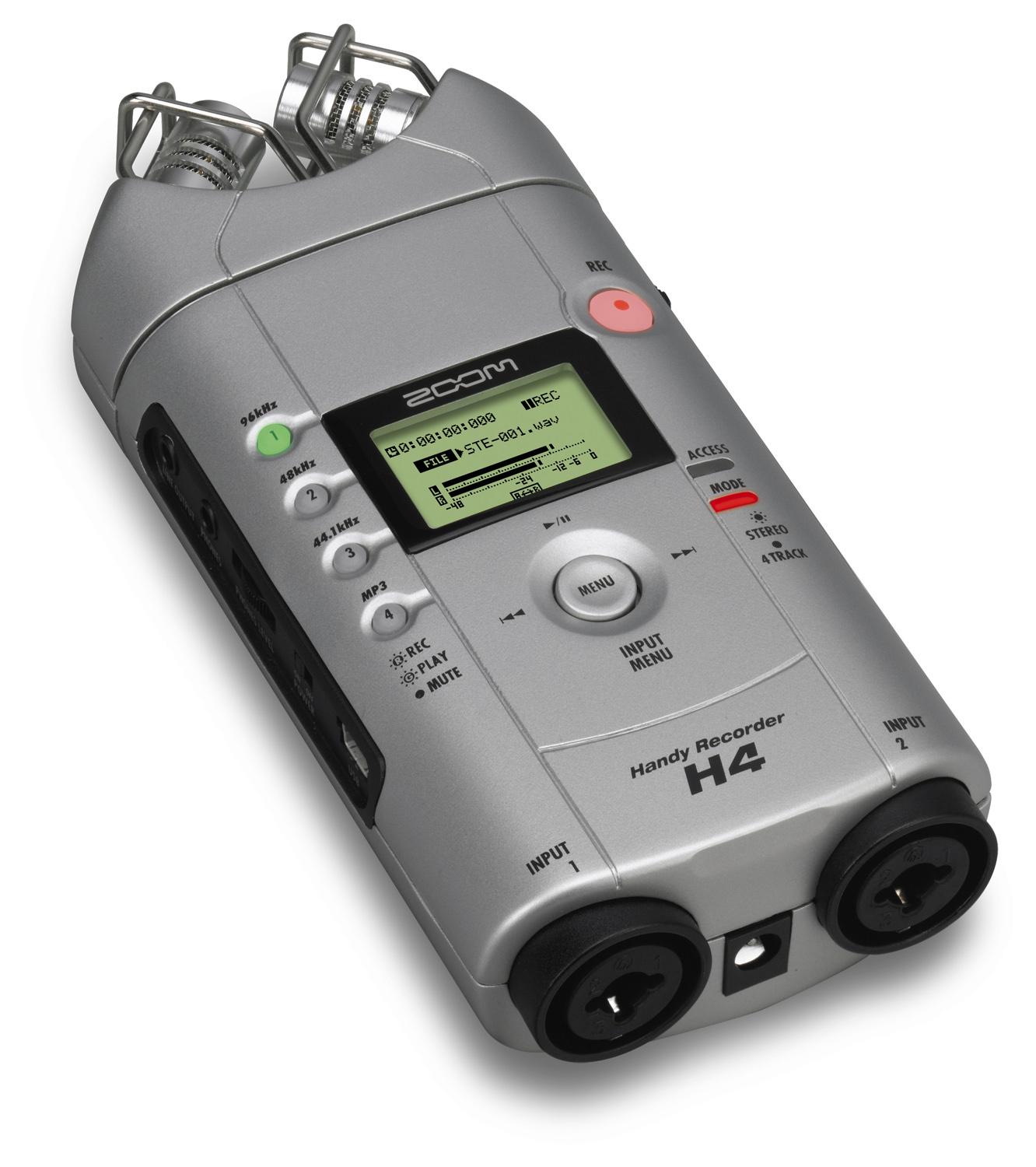
Zoom H4
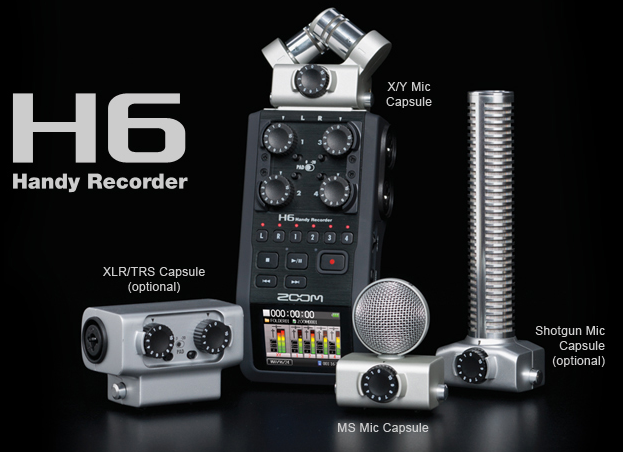 Back at the end of the last decade, my initial search for a quality mobile recording device resulted in my purchase of the Zoom H4. I loved that thing. I’m sure many still use it. It had some mic emulation modules that I thought were pretty cool.
Back at the end of the last decade, my initial search for a quality mobile recording device resulted in my purchase of the Zoom H4. I loved that thing. I’m sure many still use it. It had some mic emulation modules that I thought were pretty cool.
Of course, that was before Android, and iPhone, and iPad. Before twisted wave
and Audio Evolution…before any attachments made by Tascam or Rode or iAudioInterface or iRig. The Zoom was there with an elegant solution for recording under a blanket in the motel room.
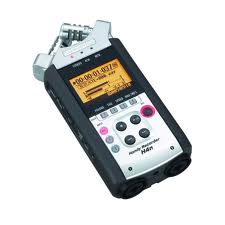
Zoom H4n
But when the H4n came along…well…it was even more cool…a vast improvement on the H4. I can’t tell you how many times that device saved my bacon (bacon!) in a pinch.
Now, Zoom’s flagship mobile recording device is out: the Zoom H6n.
How could I resist?
The H6n is another evolutionary leap forward in hand-held mobile recording devices, and in my book, the Zoom (a Tokyo-based company) still leads the pack in technology in this category.
I’ve been meaning to write this blog for many weeks, and finally got around to completing all the components of the review that do it justice. Let’s begin with a video I recorded that shows you how all those mic modules fit with the main unit.
In that video, I didn’t even mention the hi-resolution color display screen on the H6n. VERY nice. It offers digital VU meters for all 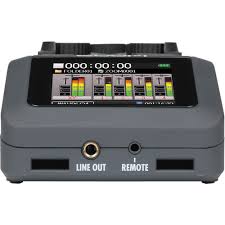 your tracks, plus info on which folder the recording is in, time display, whether you’re using .wav or .mp3, mono v. stereo, and other info.
your tracks, plus info on which folder the recording is in, time display, whether you’re using .wav or .mp3, mono v. stereo, and other info.
The unit itself is solid, heavy, and of a high refinement of assembly. All the buttons and movable pieces work in silence, and with a nice fit.
Now, as promised, a set of four brief SoundCloud recordings seen below.
A couple of notes for those of you who really care about this stuff (and you probably should):
- obviously, I could not record one reading using all four modules at once, so this is not a truly fair comparison of the true difference between the modules
- no mic screen was used on any of the recordings
- I held the H6 about 5-6 inches from my mouth, and slightly at an angle to avoid plosives
- in each recording, the manual gain nob was on “5”…which is half gain (the numbers go to “10”)
- Because a “5” setting turned out to be low, I did boost the amplitude in the resulting wavform on Audition Cs6.0.
- I also removed a couple of breath sounds, and a mouth click or two, but in no way edited, processed, or added
 any other effects. No normalization.
any other effects. No normalization. - The shotgun mic needed the least amplitude adjustment after recording on a “5” gain setting
- The XLR mic needed very little amplitude boost, but more than the shotgun module
- the XY and ball mic needed a 300% amplitude adjustment in post from the recording at a “5” gain setting.
Here are the 4 comparison recordings…. then see if you agree with me about which one sounds best at the bottom of this blog:
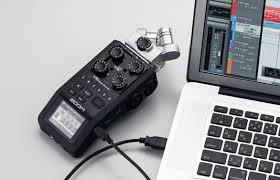 In my opinion, the shotgun (I refer to as a “boom” mic — old lingo) is by far the best sound. That, plus the fact that it required the least tweaking in post makes it the winner for me.
In my opinion, the shotgun (I refer to as a “boom” mic — old lingo) is by far the best sound. That, plus the fact that it required the least tweaking in post makes it the winner for me.
Finally, price: The H6n is not cheap. No matter where you look online, it’s $400. (well, $399.99 –but let’s call a spade a spade). The Shotgun mic attachment (extra) is $130, and the extra XLR module is another $70.
You get a nice hard plastic carrying case with the unit. The H6n does not connect to Wi-Fi. I exported the sound by removing the SD card and plugging it into my computer SD slot, and copying over the soundfiles.
That’s about it. I love this device. Yes, the iPhone and iPad and Android devices are nice, and being able to edit on them too is a plus, but for sheer fidelity, Zoom was and still is my choice for recording on the road.
CourVO

